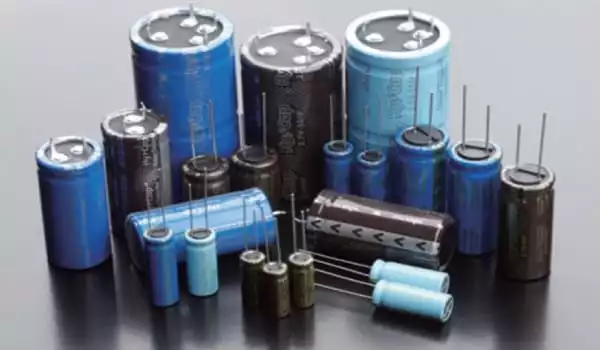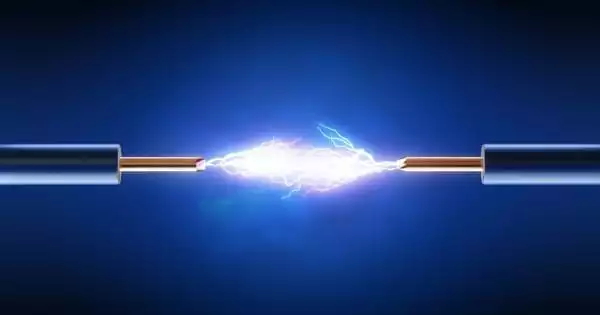A supercapacitor is a high-capacity capacitor with a much higher capacitance value than other capacitors but lower voltage limits, which bridges the gap between electrolytic capacitors and rechargeable batteries. It can accept and deliver charges much faster than batteries and tolerates many more charge and discharge cycles than rechargeable batteries. It typically stores 10 to 100 times more energy per unit volume or mass than electrolytic capacitors.
Researchers have developed a new analysis technique that will aid scientists in developing better supercapacitors for renewable energy storage.
Researchers from the University of Surrey’s Advanced Technology Institute (ATI) and the University of So Paulo have developed a new analysis technique that will assist scientists in improving renewable energy storage by developing better supercapacitors. The new approach developed by the team allows researchers to investigate the complex interconnected behavior of supercapacitor electrodes made of different material layers.
Energy storage advancements are critical if countries are to meet their carbon reduction targets. Because of the inherent unpredictability of solar and wind energy, effective storage is required to ensure supply consistency, and supercapacitors are seen as an important part of the solution.
Consumers and industry will need to generate, store, and use energy more efficiently in the future, and supercapacitors will be one of the leading technologies for intermittent storage, energy harvesting, and high-power delivery. Our efforts will aid in making that happen more effectively.
Ash Stott
Supercapacitors may also be the answer to charging electric vehicles much faster than lithium-ion batteries allow. However, more research into supercapacitors is required before they can effectively store enough electricity.
Surrey’s peer-reviewed paper, published in the journal Electrochimica Acta, describes how the research team used a low-cost polymer material called Polyaniline (PANI) to store energy via a mechanism known as pseudocapacitance. Because PANI is conductive, it can be used as the electrode in a supercapacitor device, which stores charge by trapping ions.
The researchers devised a novel method for depositing a thin layer of PANI onto a forest of conductive carbon nanotube in order to maximize energy storage. This composite material is an excellent super-capacitive electrode, but its composition makes it difficult to separate and fully understand the complex processes that occur during charging and discharging. This is a widespread issue in the field of pseudocapacitor development.

If you don’t think electricity is important in our lives today, you haven’t seen nothing yet! Our fossil-fueled cars and home heating will also need to transition to electric power in the coming decades if we are to avoid catastrophic climate change. Electricity is a highly versatile form of energy, but it has one significant drawback: it is difficult to store in a hurry.
Batteries can store a lot of energy, but they take a long time to charge. Capacitors, on the other hand, charge quickly but store only small amounts of energy. When we need to store and release large amounts of electricity quickly in our electric-powered future, it’s very likely that we’ll turn to supercapacitors (also known as ultra-capacitors), which combine the best of both worlds.
To address this issue, the researchers used a method known as the Distribution of Relaxation Times. This analysis method enables scientists to examine complex electrode processes in order to separate and identify them, allowing them to optimize fabrication methods in order to maximize useful reactions while minimizing reactions that damage the electrode. The technique can also be used by researchers working on supercapacitor and pseudocapacitor development who are working with different materials.
Ash Stott, a postgraduate research student at the University of Surrey and the project’s lead scientist, stated: “Consumers and industry will need to generate, store, and use energy more efficiently in the future, and supercapacitors will be one of the leading technologies for intermittent storage, energy harvesting, and high-power delivery. Our efforts will aid in making that happen more effectively.”
Professor Ravi Silva, the ATI’s Director, and primary author, stated: “Following on from world leaders pledging their support for green energy at COP26, our research demonstrates how researchers can accelerate the development of high-performance materials for use as energy storage elements, which are a critical component of solar or wind energy systems. This study moves us closer to a clean, cost-effective energy future.”





